Greek designer Dimitra Petsa’s garments are all that, but they are also body-conscious in another sense: They consider what’s happening inside the human body as much as they flatter its silhouette. Petsa’s most well-known contribution to fashion is her “wet look,” a proprietary method of draping, stitching, and combining sheer, usually white fabrics to make garments that seem to be drenched with water.
“This is really the outcome of very long-term research for me because I’ve always been very interested in bodily fluids, the idea of wetness, and how in Western society we are really taught to hide our wetness. If you cry in public, you have to hide it. If you sweat, you need to hide it. If you breastfeed in public-that has even been forbidden in some places,” Petsa says. “I felt this very intense internalized oppression even around this.”
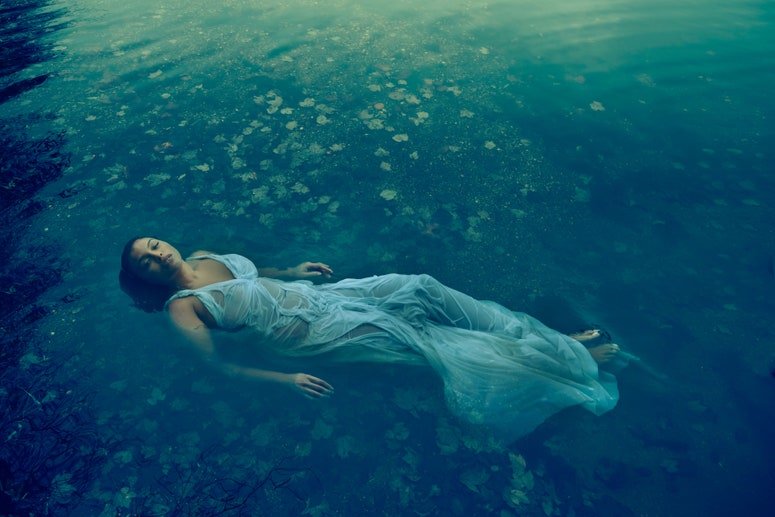
Her solution was to make garments that celebrated bodily fluids in all their forms. While she offers corsets that reveal a breast for breastfeeding and trousers that emulate urine, Petsa’s wet-look dresses are her calling card. They have been worn by Gigi Hadid while pregnant, Arca, Yseult, Rina Sawayama, and Kylie Jenner. And now, in the January issue of Vogue, photographed by Annie Leibovitz and styled by Gabriella Karefa-Johnson, Paloma Elsesser wears one, aptly submerged in a body of water. “It took me around six months to develop this technique, though it’s informed by a very old couture technique. It’s very labor intensive,” Petsa says, noting she’s not keen to reveal too much about how she makes dry clothing look wet. “I drape every piece, so it’s really personal.”
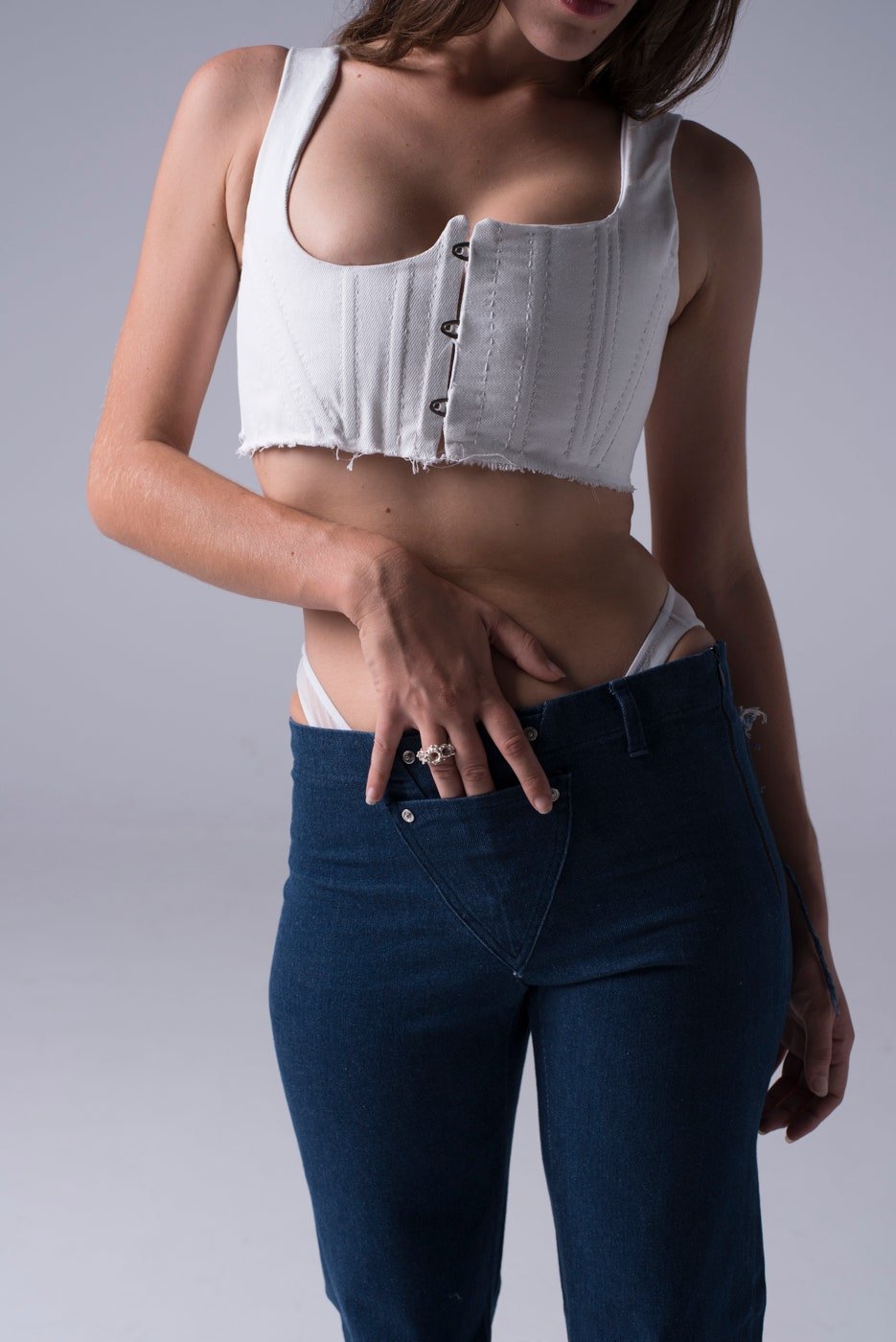
Working with her customers on wet-look pieces, Petsa continues, is really somewhere between fashion design and therapy-a habit she picked up from her grandmother, who ran a seamstress shop in Greece. “It’s about a human connection; a seamstress is also a bit like a psychologist, you know?” Petsa says. “I always ask which parts of your body you want to reveal and highlight and which parts you want concealed. The wet look is very much about: How do you want to look and feel in your body?”
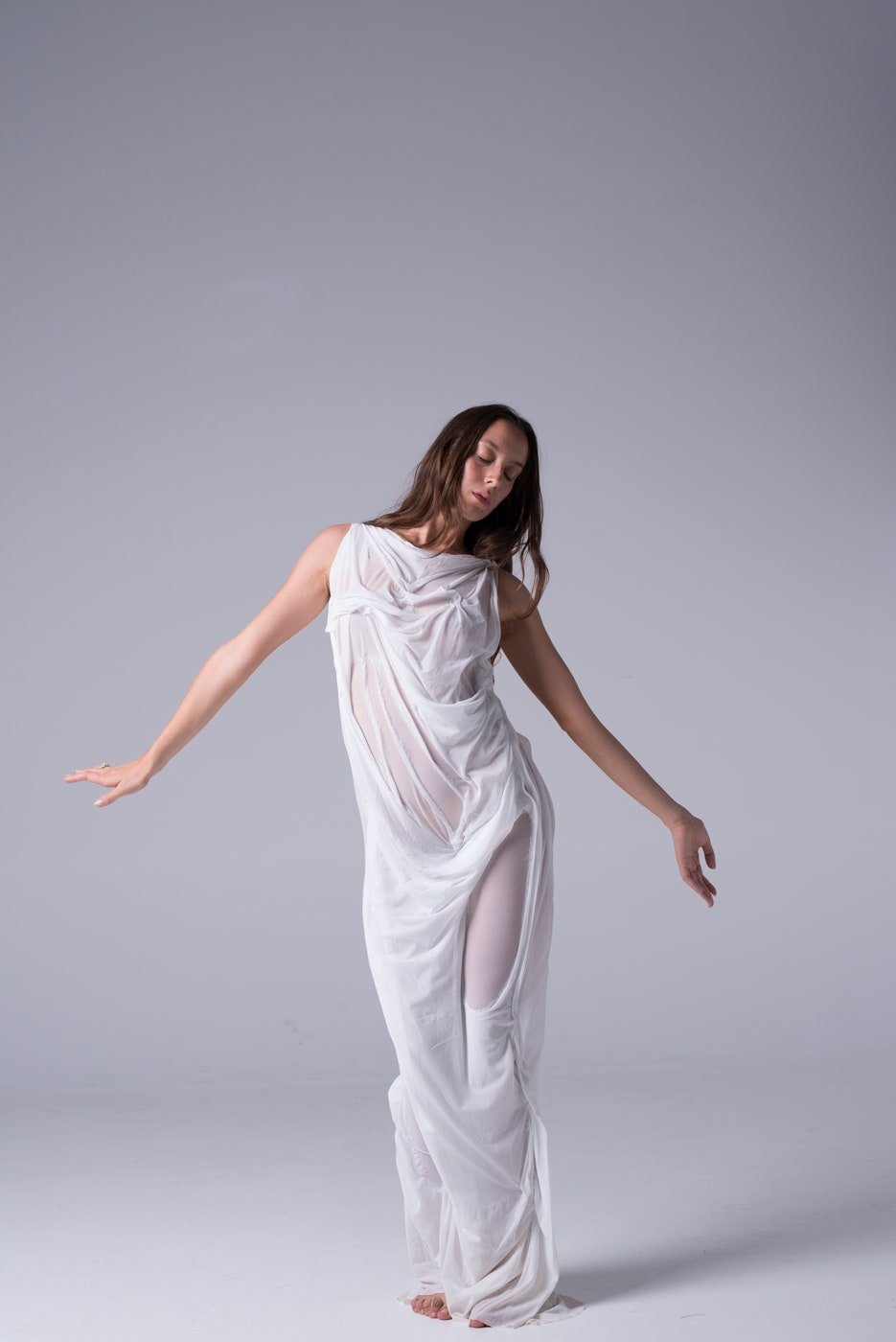
Many women will send the designer photographs of themselves in their underwear so she can really understand their bodies. The goal is for her work to respond to their forms-not the other way around. “This is really important because, growing up, I remember times when I have been made to feel bad because I need to fit into certain clothes, rather than have those clothes fit me,” she says. “I remember thinking if I don’t fit into this size in this brand, then my body is wrong.”
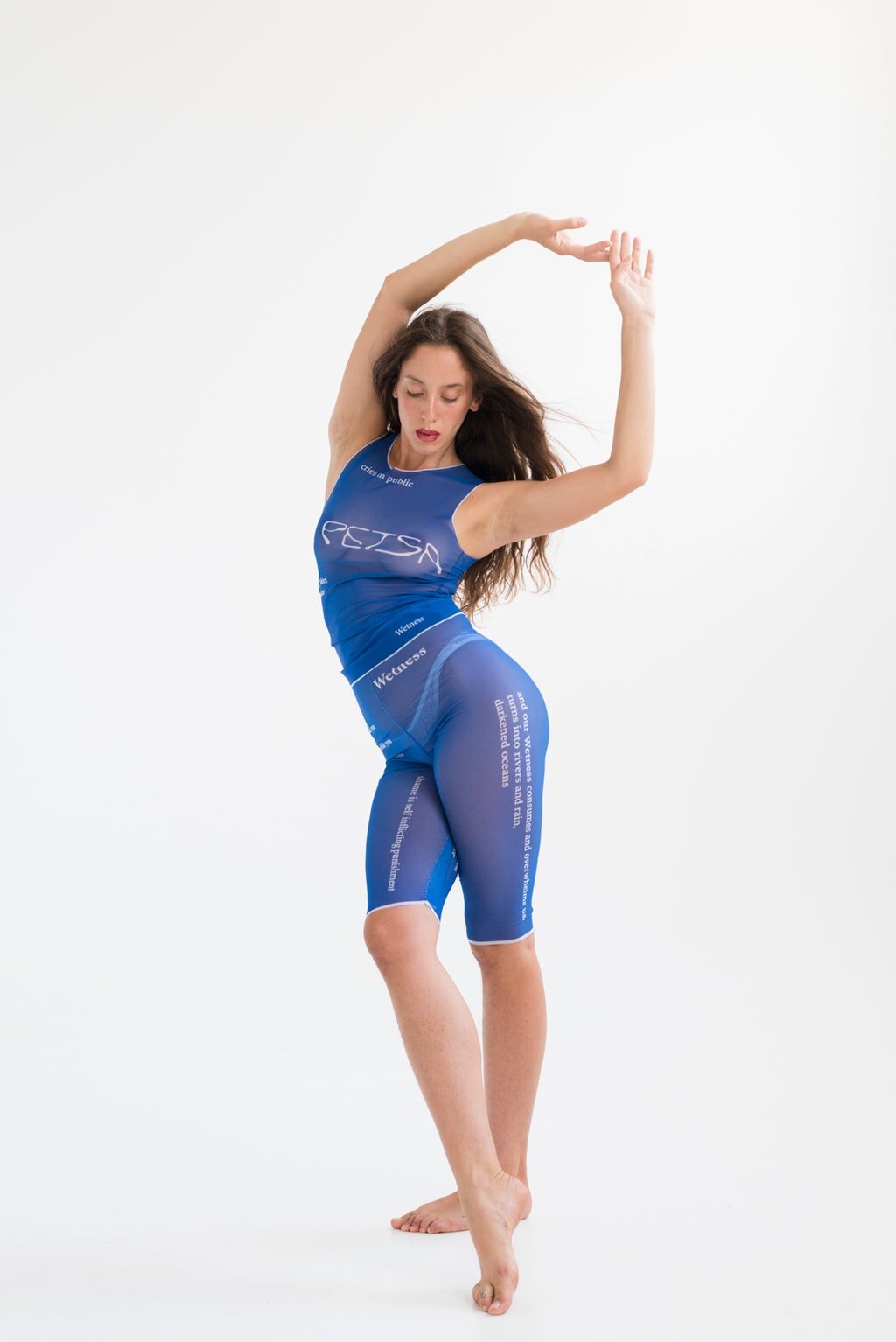
Using stretch materials is another way Petsa works to guarantee that her customers always feel right in their bodies. “I always try to use stretchy fabrics where I can, so that there is this sense that the garment will follow the body as opposed to the body having to conform to the garment,” she explains. “If you put on weight or lose weight, they’re still going to fit you. If you are someone who menstruates, you can go up one size, two sizes just in one month. I think that’s something that the fashion industry doesn’t really cater to.”
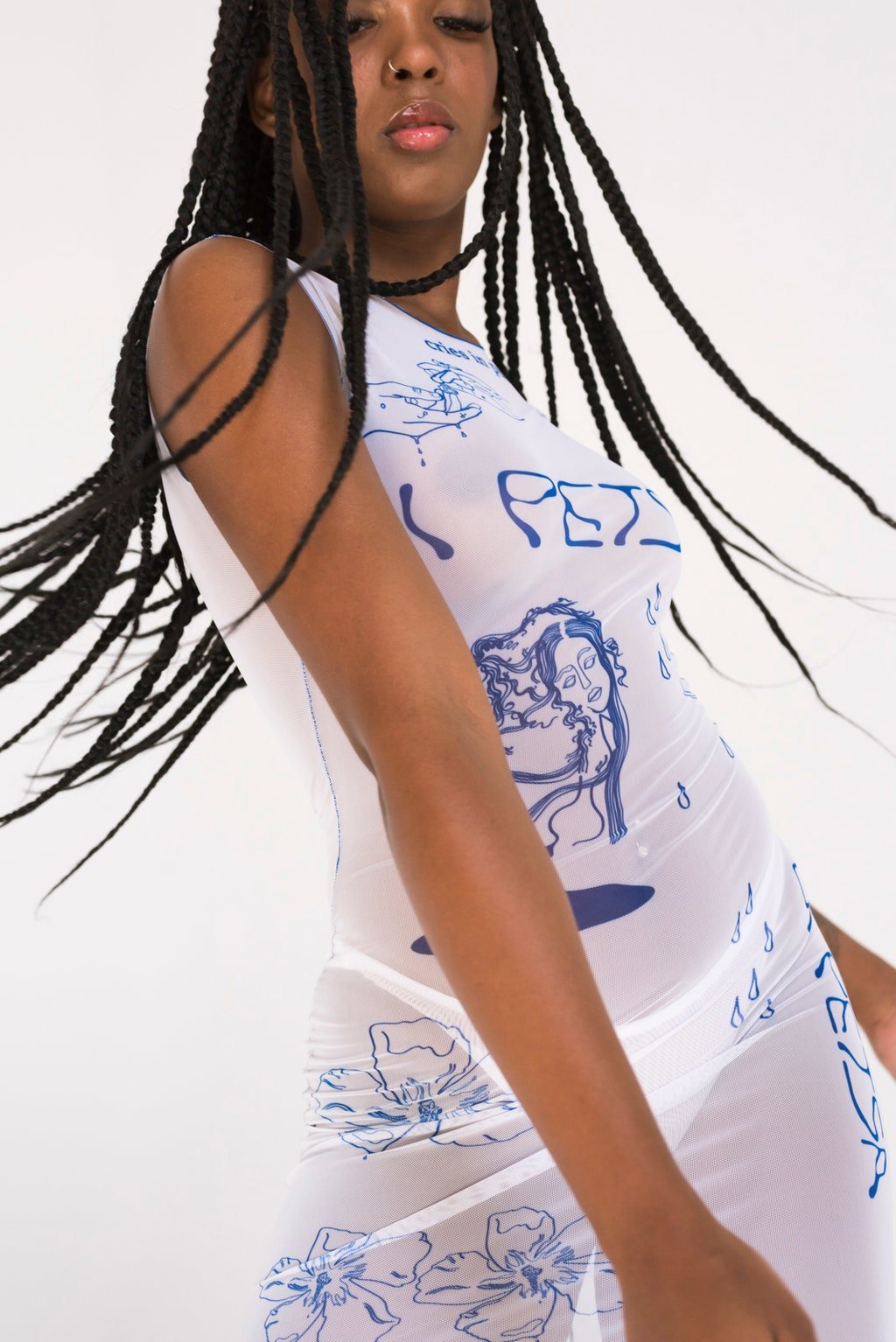
That freedom to not have to change your body to change your clothes is something crucially important to Petsa’s work. It plays into her performances too, which have been among London’s most intriguing expressions of womanhood and togetherness, and feature pregnant bodies, music, and dance. “We have an aesthetic element to it, but it is more for us to really experience coming together and exploring ideas,” she says. It’s something she continues in her monthly moon workshops, offered over Zoom during the pandemic, which bring people around the world together to feel connected. The workshops have been filling up beyond capacity-a telling sign that Petsa’s work impacts her followers and fans well beyond fashion.













